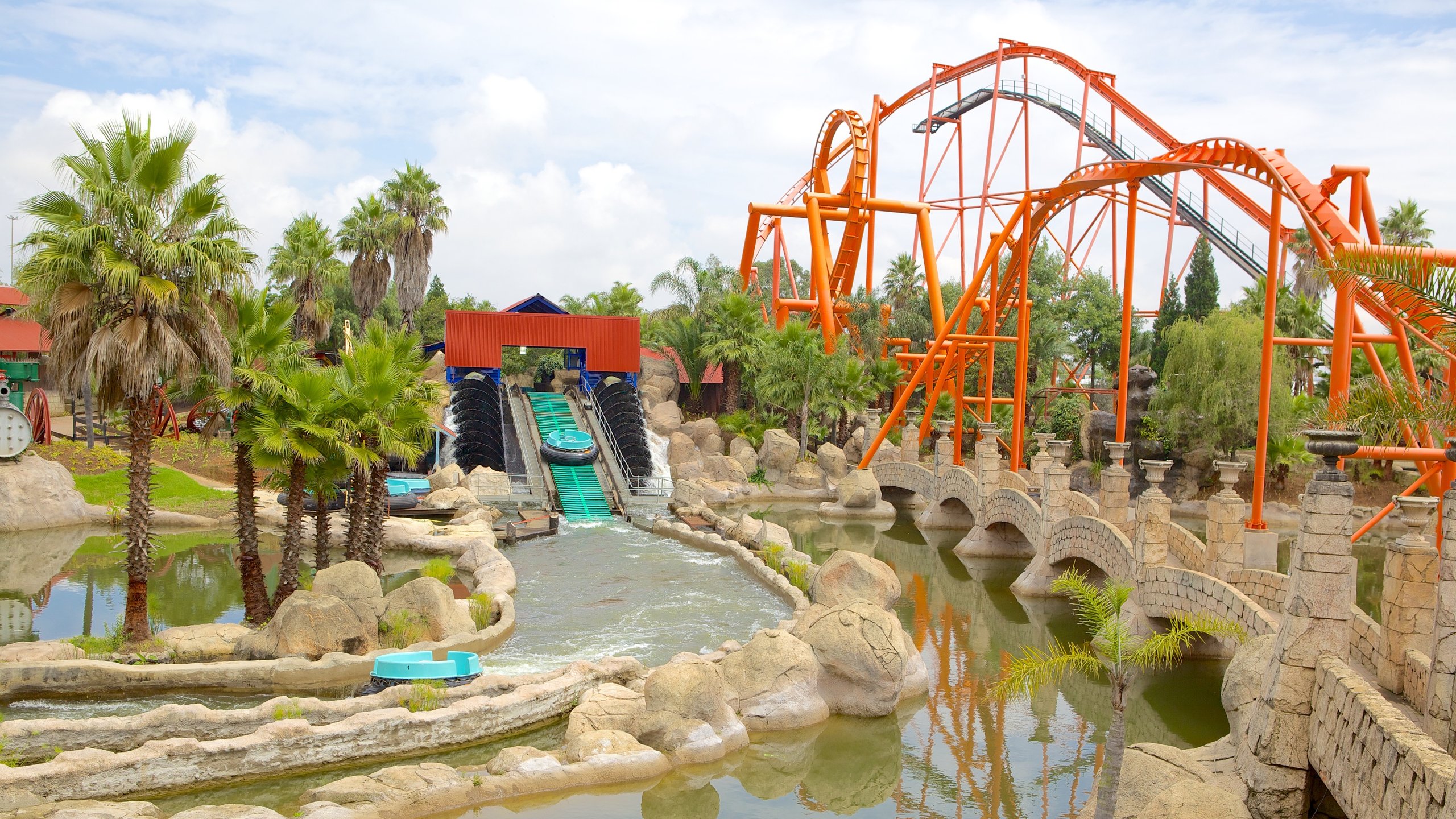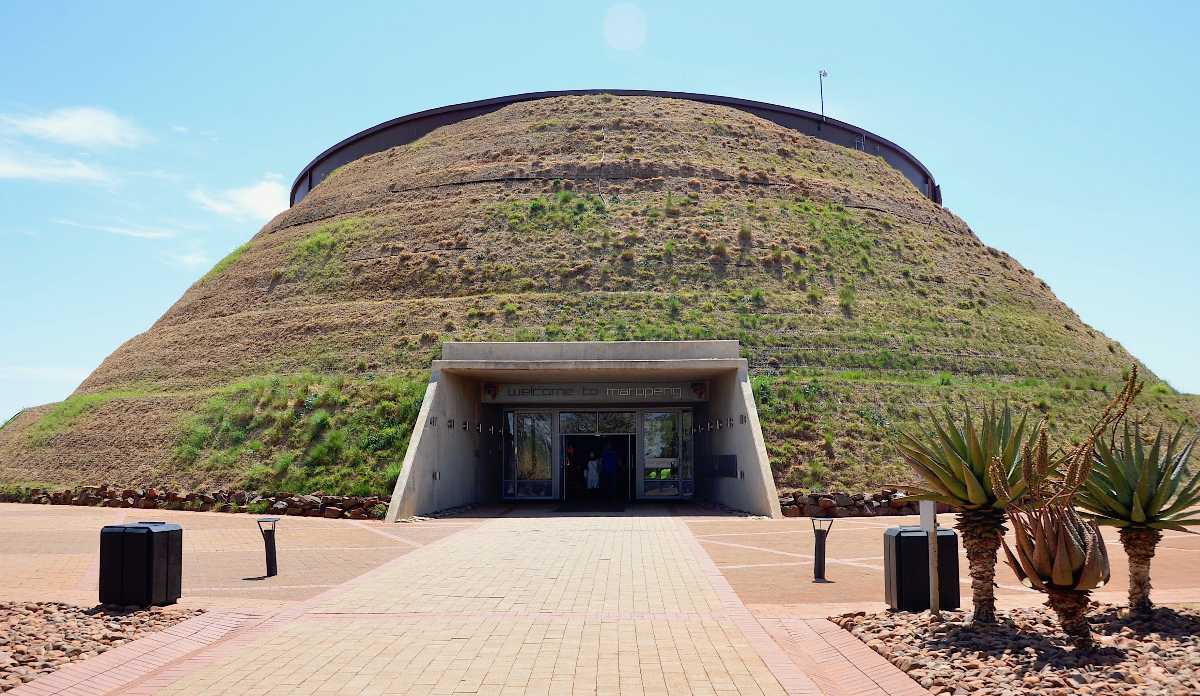The Ultimate Guide To Johannesburg North Attractions
The Ultimate Guide To Johannesburg North Attractions
Blog Article
Little Known Questions About Johannesburg North Attractions.
Table of ContentsNot known Incorrect Statements About Johannesburg North Attractions Johannesburg North Attractions for BeginnersWhat Does Johannesburg North Attractions Mean?The Facts About Johannesburg North Attractions UncoveredAbout Johannesburg North AttractionsThe Greatest Guide To Johannesburg North AttractionsUnknown Facts About Johannesburg North Attractions
Nonetheless you need to maintain protection in mind and vacationers need to remain sharp in all times when in unknown environments. Talk to the residents when you are in town to discover the location you are remaining in. Johannesburg North attractions. When on the road (this does not put on shopping center and various other protected environments) best general suggestions is to try your finest to resemble a regional and to avoid showing any type of form of wide range
The Ultimate Guide To Johannesburg North Attractions
Professor Revil Mason O. J. (Thomson, 1946) explored the Witwatersrand's pre-colonial history. His archaeological job blew up the 'em pty land' myth, according to which the region was empty of human habitation prior to the arrival of European inhabitants. In his magazines Prehistory of the Transvaal: A Record of Human Task (1962) and Origins of Black Individuals of Johannesburg and the Southern Western Central Transvaal AD 3501880 (1986 ), Teacher Mason showed the degree of social and financial advancement in the location before Europeans established foot here.

The Basic Principles Of Johannesburg North Attractions
In 1878, David Wardrop discovered gold in quartz blood vessels at Zwartkop, north of Krugersdorp. In 1881, Stephanus Minnaar came across gold on the farm Kromdraai, near the Cradle of Humankind.
In March 1886, a protrusion (soon to be called the Main Reef) was discovered, rather fortuitously, on Gerhardus Oosthuizen's farm Langlaagte. Some claim that the Lancastrian coal miner George Pedestrian uncovered this coral reef. Another travelling English miner, George Harrison (that had previously operated in Australian mines) obtained a prospecting licence in respect of Langlaagte in May 1886.
He chose to carry on in a quest for greener pastures, and disposed of his Langlaagte case for the handsome amount of 10. Alas: underneath lay the richest goldfield ever before located. The exploration of this rich auriferous coral reef prompted a gold rush that signified the end of bucolic tranquillity in the southern Transvaal.
It would certainly, within six years, end up being the biggest community in southern Africa. Within a years, it would make the Z. A. R. up until then an anarchical and insolvent little state the most affluent country in Africa. By check this site out the turn of the century, the Z. A. R. was to go beyond Russia, Australia and the USA of America to end up being the globe's leading gold producer, producing greater than a quarter of the world's gold.
Getting The Johannesburg North Attractions To Work
It was called Ferreira's Camp, called after Colonel Ignatius Ferreira. He was a Boer traveler upon whom the British authorities had actually bestowed the condition of Friend of one of the most Identified Order of St Michael and St George (qualifying him to the post-nominal letters C. M. G.) in gratefulness for his role in the war that had deposed the Pedi king Sekhukhune in 1879.
Two other camps were developed: Meyer's Camp on the farm Doornfontein, and Paarl Camp. The latter was nicknamed Afrikander Camp; numerous individuals from the Cape Swarm resolved there.

Some Known Details About Johannesburg North Attractions
This name gained currency by word of mouth, such that the State Secretary attested the name to the Mining Commissioner on 9 October 1886. Stands in the town were auctioned on 8 December 1886. While some stands were cost 10, others were knocked down for as low as sixpence.
Two years later on, these erven were to alter hands for as long as 750 each. The tented camps dwindled as a dorp of corrugated iron structures developed and expanded north of the mines situated along the Key Reef Roadway. Areas such as Jeppe's Town (where working-class immigrants erected their dwellings) and Doornfontein (where the affluent new 'Randlords' began to create their opulent houses) were soon contributed to the ever-expanding map of the community.
The Best Guide To Johannesburg North Attractions
Apart from the street names, there were no signs of Johannesburg being located in a Dutch-speaking country. Several years later, C. W. Kearns O. J. (among the first children enrolled at St John's College in 1898) would certainly recall: 'A weird truth concerning Johannesburg was that, although it remained in the [Boer Republic], nearly everybody spoke English and also the Federal government servants dealt with one in English, unless they were initial resolved in the Taal (or Low Dutch)'.
Britain had a rate of interest in making certain optimal conditions for gold manufacturing on the Witwatersrand, and that the gold was exported to London rather than Berlin a crucial rendered all the a lot more clamant by the Z. A. R.'s raising toenadering with Germany. Mine owners were on a clash with Head view publisher site of state Kruger, whose plan of monopolistic giving ins (often given to his cronies) protected against mining companies from obtaining products of products (especially dynamite) and work by themselves, more affordable terms
The Basic Principles Of Johannesburg North Attractions
In 1890, the Volksraad you can find out more had limited the franchise to white males that had stayed in the Z. A. R. for fourteen years or longer, thus invalidating many of the immigrants (who occurred to be the major factors to the fiscus). Nonetheless, anxiety for the ballot was a mere pretense for promoting a different schedule; the majority of uitlanders regarded themselves as short-term visitors and had no intent of continuing to be in the Z.
Report this page